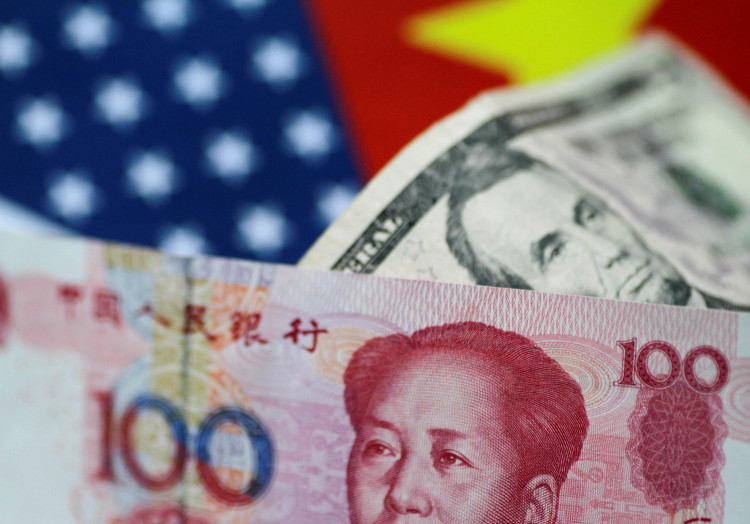On Thursday, the yen rose against the dollar after sources close to the White House told Reuters that this year's US-China trade deal is unlikely, shattering investor hopes a partial agreement was imminent.
On the other hand, the yuan slid to a three-week low in onshore trading due to concerns that failure to reach an agreement to roll back US tariffs might further damage the stuttering economy of China.
After Bloomberg quoted Chinese Vice Premier Liu He as saying that he is cautiously optimistic about a tentative trade deal, the Japanese currency briefly pared gains. The dollar was flat at $1,1077 against the euro and was quoted at $1,2931 against the British pound.
Completing a "phase one" US-China trade agreement may well slide into next year, trading experts and people close to the White House told Reuters on Wednesday as Beijing is pressing for more extensive tariff rollbacks, and the Trump administration is countering with its own higher demands.
US Treasury Secretary Steven Mnuchin disclosed in an Oct. 11 media briefing that an initial economic pact with the Chinese could take as long as five weeks, or even more, to finalize into the paper.
A settlement is still unlikely just over five weeks later, and deals can become more complex, trade analysts and people told Reuters about the talks.
In a bitter dispute about Chinese trade practices that the US government claims are discriminatory, Washington and Beijing have raised tariffs on each other's products.
Tariffs have also take a huge toll on the global trade, raised certain countries' chance of deflation, and roiled financial markets across continents.
The next date to note is Dec. 15, as US taxes are scheduled to cover around $156 billion of Chinese goods.
In commodities, spot gold, which in times of uncertainty is often purchased as a safe haven like the Japanese yen, fell from 0.1 percent to $1,473.93 per ounce, highlighting investors' reluctance to take risks.
The yuan fell to 7,0450 on the onshore market compared to the dollar, the lowest since November 1, before remaining at 7,0400. The Chinese currency was down in offshore sessions to 7,0533 per dollar, the lowest since November 5, and then marked its losses.
In October 2019, according to the SWIFT RMB Tracker, the Chinese yuan fell one spot to the sixth most commonly used currency in international transactions, with a 1.64 percent share. For at least one year, the yuan has held around 2 percent of global settlements.





